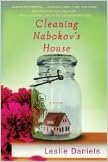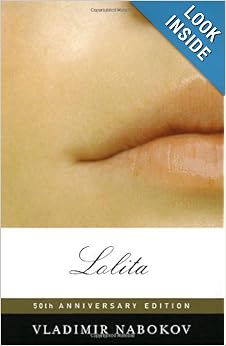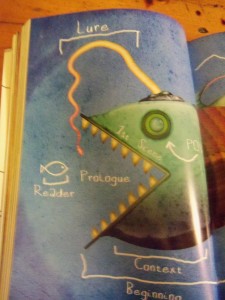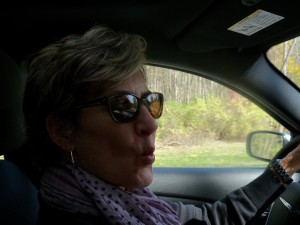 The Pew Research Center reported last week that one in four American adults had not read a single book in the past year. The number of non-book readers has nearly tripled since 1978. If you want someone to read your book, you know it has to be good. Better than good.
The Pew Research Center reported last week that one in four American adults had not read a single book in the past year. The number of non-book readers has nearly tripled since 1978. If you want someone to read your book, you know it has to be good. Better than good.
The 18-29 year old demographic is the most likely age group to have read a book in the past year and their iPhones and Kindles can’t be to blame for the demise of the American Reader. The beginning of your book must hook a reader on the first page and not let go. If it doesn’t grab you from the very start, chances are you won’t finish the book. No one wants to read 30 pages before finding out what the book is about.
 “I knew I would stay in this town when I found the blue enamel pot floating in the lake. The pot led me to the house, the house led me to the book, the book to the lawyer, the lawyer to the whorehouse, the whorehouse to science, and from science I joined the world.” This is the first line from Leslie E. Daniel’s Cleaning Nabokov’s House. One of my favorite first passages in contemporary fiction.
“I knew I would stay in this town when I found the blue enamel pot floating in the lake. The pot led me to the house, the house led me to the book, the book to the lawyer, the lawyer to the whorehouse, the whorehouse to science, and from science I joined the world.” This is the first line from Leslie E. Daniel’s Cleaning Nabokov’s House. One of my favorite first passages in contemporary fiction.
 “Lolita, light of my life, fire of my loins,” begins Vladimir Nabokov in Lolita.Classic first line.
“Lolita, light of my life, fire of my loins,” begins Vladimir Nabokov in Lolita.Classic first line.
The beginning should tell the reader everything and nothing. It must contain alpha and omega; beginning and end. First sentences convey a book’s essential meaning and reveal only enough to elicit the reader’s desire to know more.
When you write first draft, don’t worry about the beginning. Just begin. Sit on your inner editor. Wait to revise your beginning until you have an ending. Once you are past the revision stage and seek to polish your manuscript, become more critical of the first 10 pages of your manuscript.
Most acquisition editors want a writing sample of 10 pages – no more – when they request a book proposal. Editors, like readers, can quickly ascertain the quality of the book by its beginning.
There are certain beginnings that often lead to rejections. Many of them are simply cliché.
Avoid these opening scenarios:
- Waking up from a dream
- A dream
- A dream sequence
- Recovering consciousness
- Knock at the door or a phone call delivering bad news
- Someone dies suddenly and tragically
- September 11, 2001
- Road-trip narration
- Getting selected- picked for team, elected to office, start new job
- Navel gazing – narrator or character examines one’s self and flaws
- Introduce minor character and subplot
- Flashback
- Dialogue
- Description of landscape and scene setting without actors or action
While there are exceptions to every rule, editors generally categorize these as bad beginnings. It’s a hurdle to jump over an editor’s first bad impression. Much depends on so few words. Write right.
Like the opening sequence of images in cinema, the Mise en scène reveals to the reader the composition and point of view, the actors, style, tone, mood, and setting in time and space of the world offered between the covers of a book.
So what makes for a good beginning? The Wonderbook by Jeff Vandermeer (p. 82) offers a list of elements found in good beginnings.
- A main character or characters, presented from a consistent point of view.
- A conflict or problem.
- An antagonist(the source of conflict or the problem – a person or, depending on the theme, nature or society, to name just two possibilities; whomever or whatever the main characters are pushing up against, which, put crassly, could be called the ‘villain’ of the piece.)
- A hint or suggestion of a secondary conflict or problem that may form a subplot or additional complication (This is optional, since it may come into focus later in the narrative.)
- A sense of action or motion, no matter how static the opening scene.
- A general or specific idea of the setting.
- A consistent tone and mood to the language.
End the editing and revision process with your beginning. Make it work. It has to pull people like a magnet. The bait. Lure. A first kiss.

One thought on “Chapter One. Page One. The good, the bad, and the cliché.”